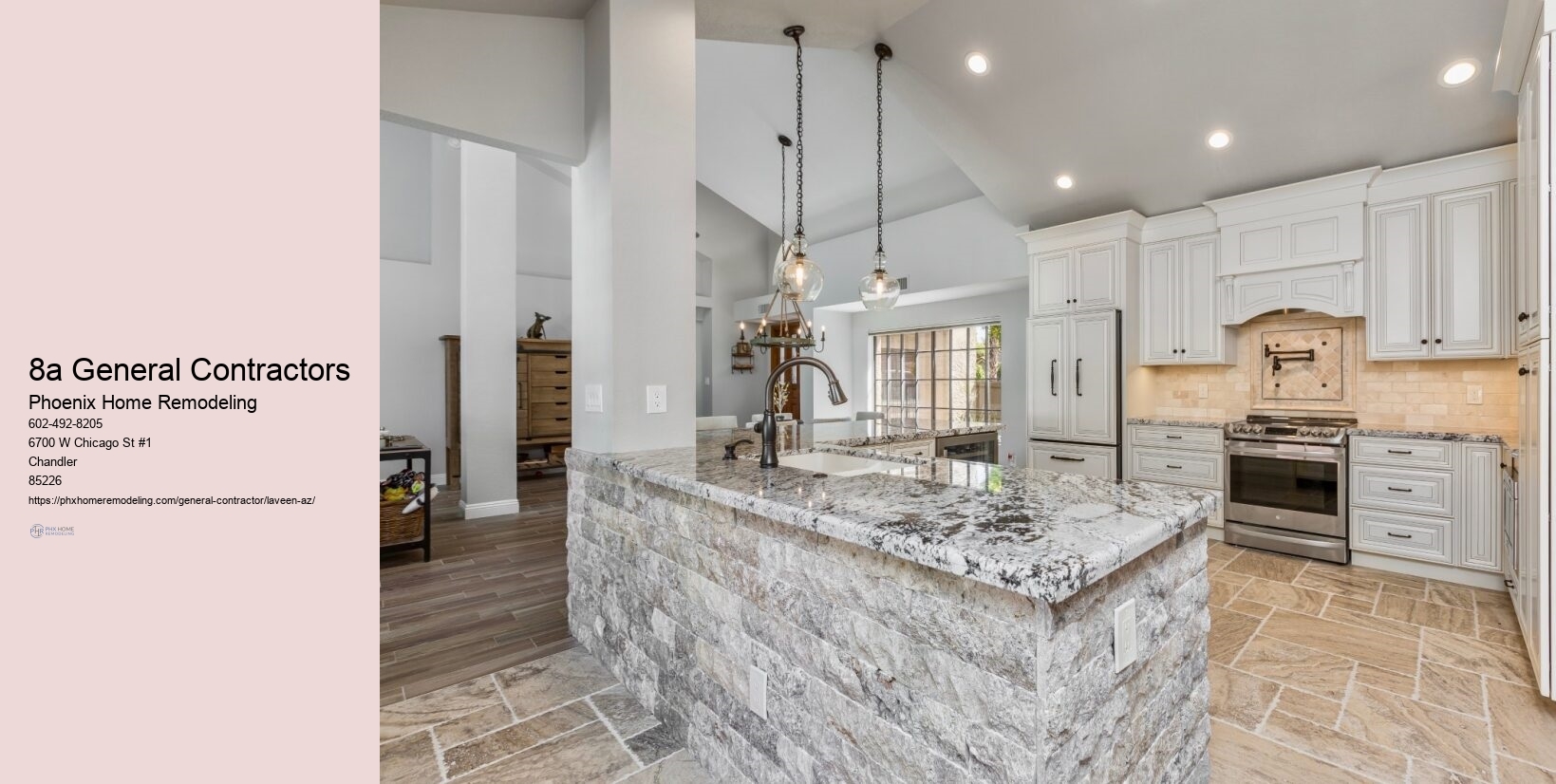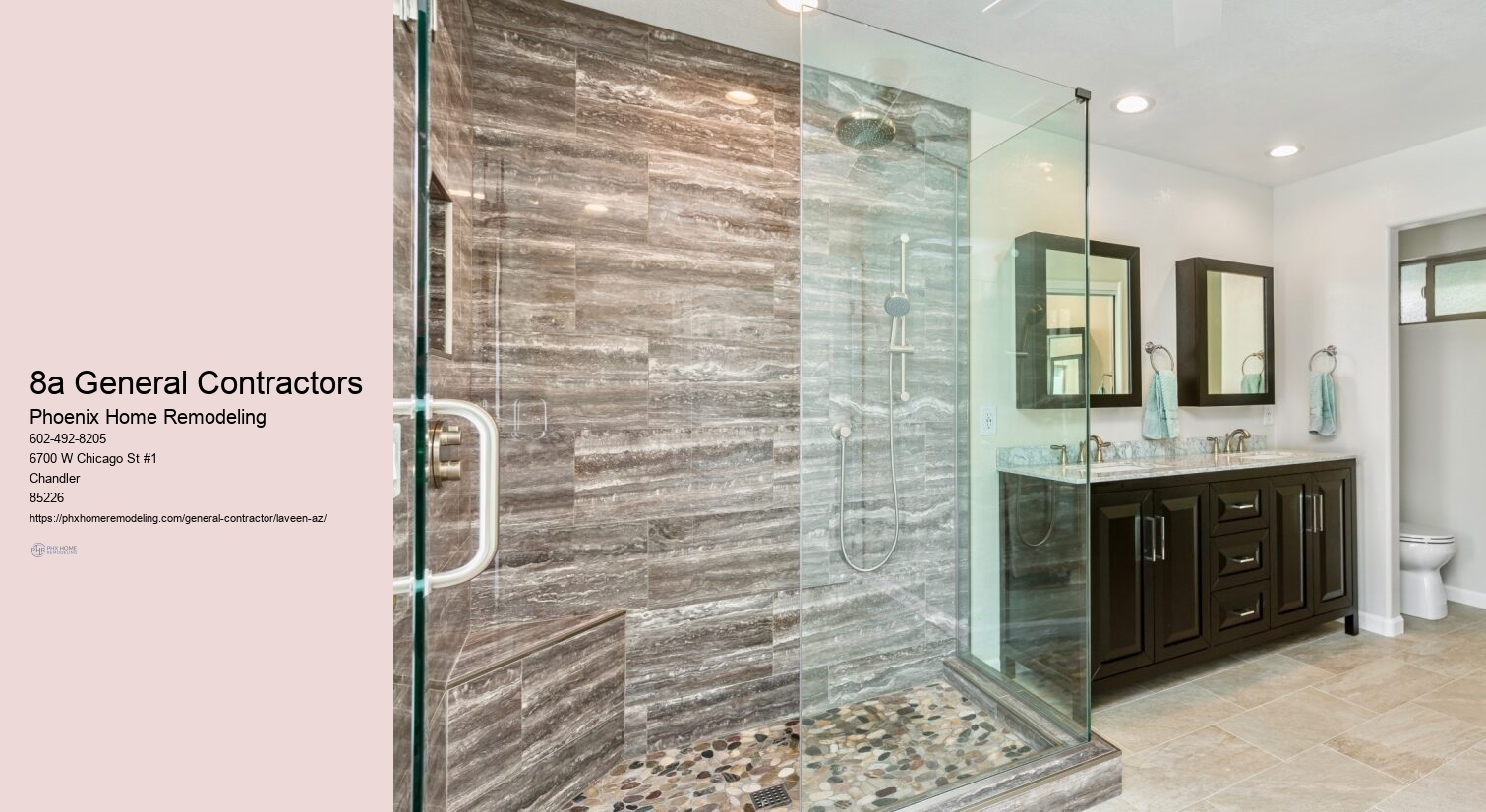




When hiring a contractor, protect yourself by obtaining proof of bonding, licenses, and insurance, making decisions not solely based on price, requesting references, avoiding excessive upfront payments, ensuring a written contract, remaining cautious of pressure and scare tactics, considering specialized professionals for guidance, and trusting your instincts.
Knowing how to calculate commercial profit margins is crucial for contractors to ensure profitability after accounting for project expenses, with the optimal profit margin target ranging from 8% to 15%, although it's important to note that profits do not necessarily translate to a higher contractor salary.
Engaging independent contractors offers companies the flexibility to respond to market demands efficiently, access specialized skills, expedite project delivery, enhance turnover management, and maintain cost model flexibility.
The value of a skilled general contractor lies in their ability to provide high-level service that enhances the overall experience, with quality home improvement services necessitating substantial investments in hidden details, often resulting in higher costs due to the allocation of significant resources, including time, expertise, and finances.
In construction, it's typically advisable to aim for an overhead percentage between 10% and 11%, as deviations may indicate potential expense inefficiencies.